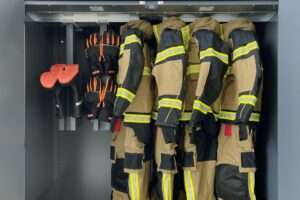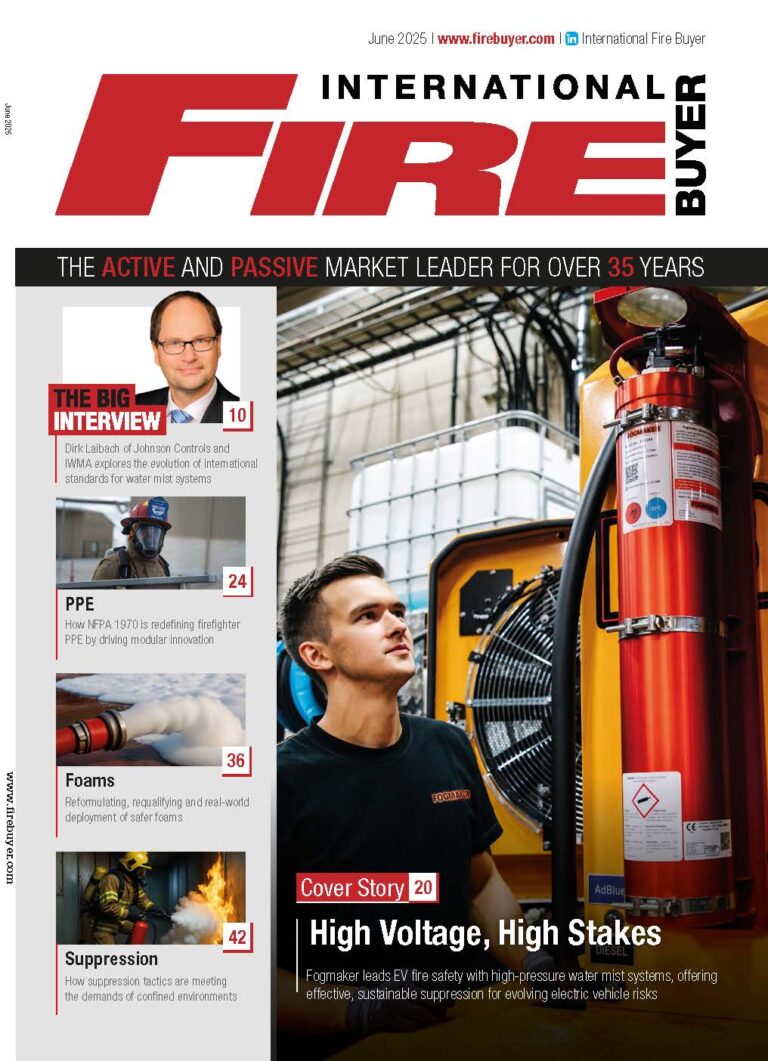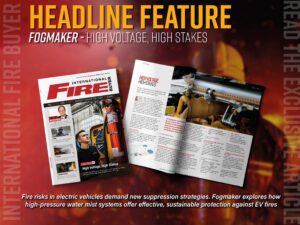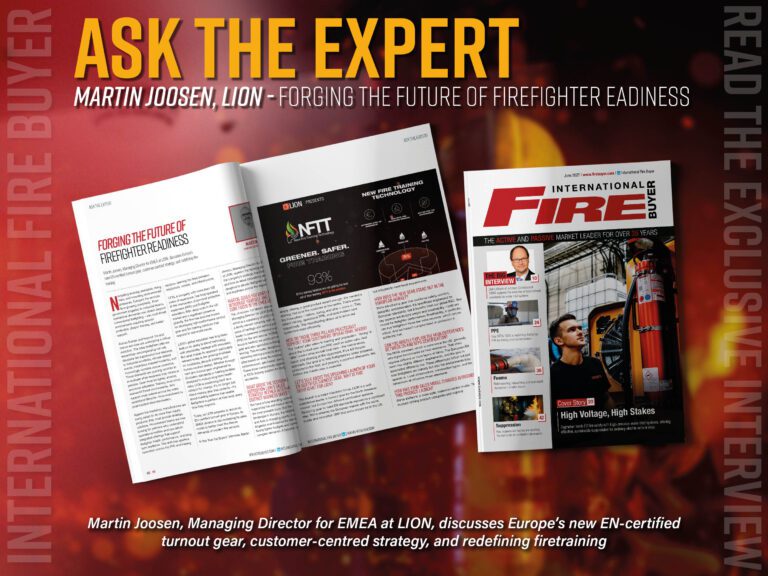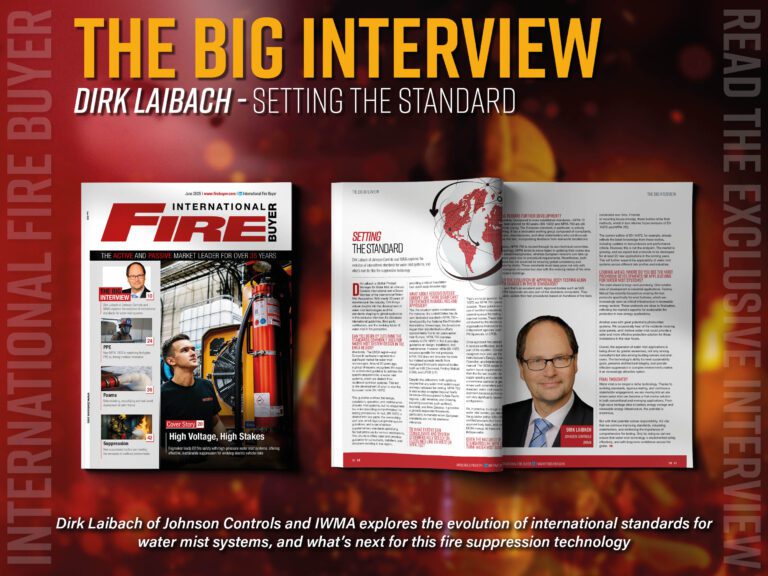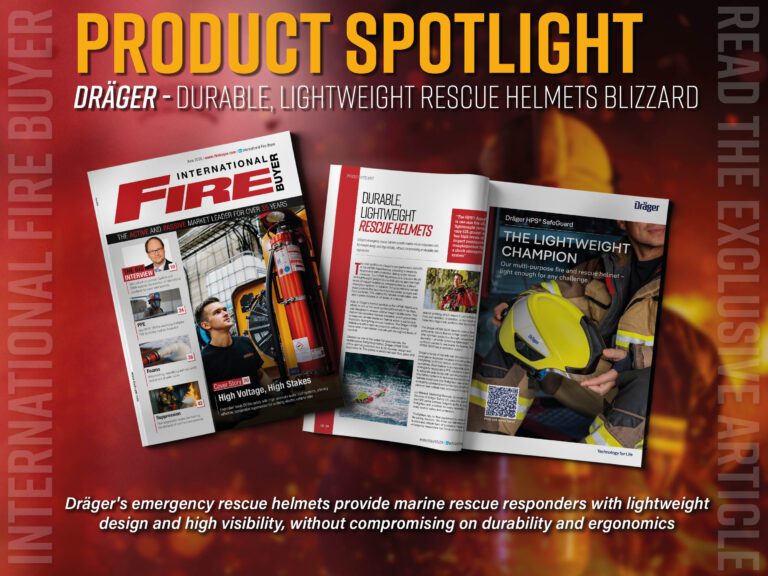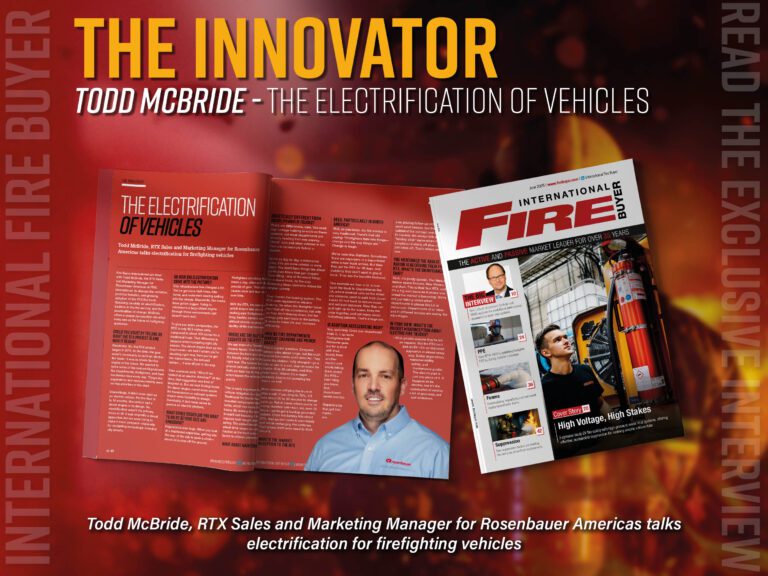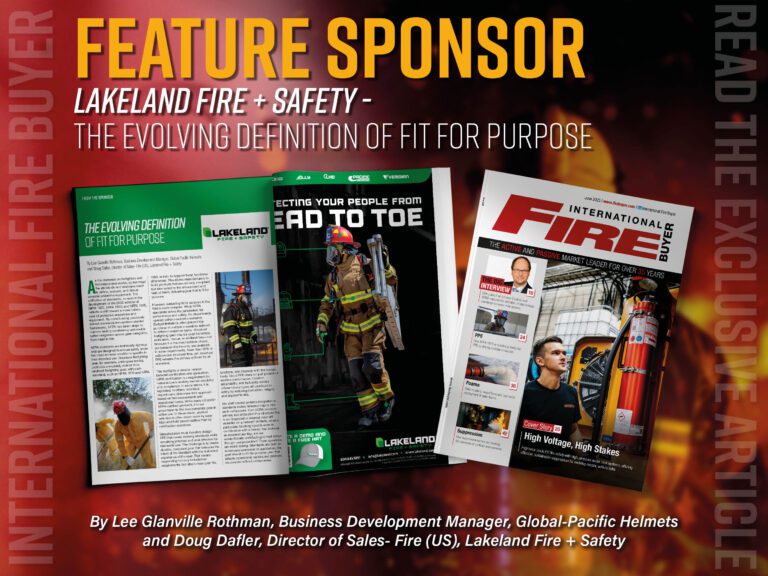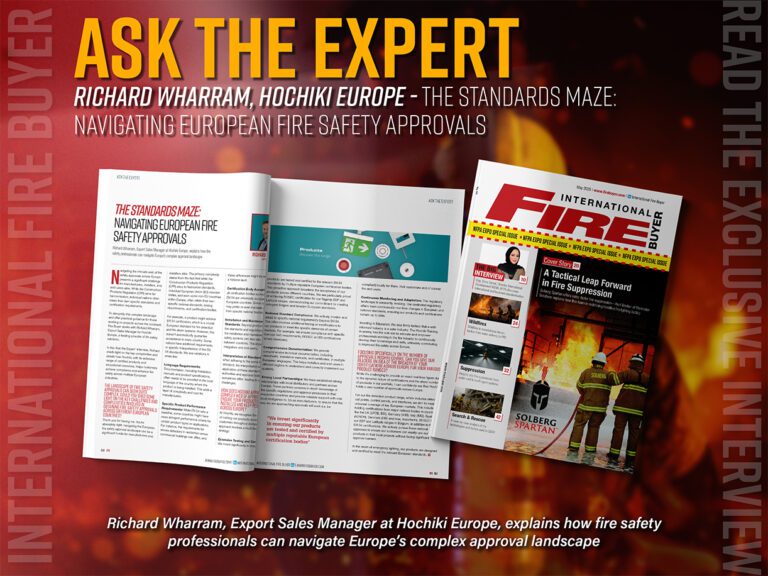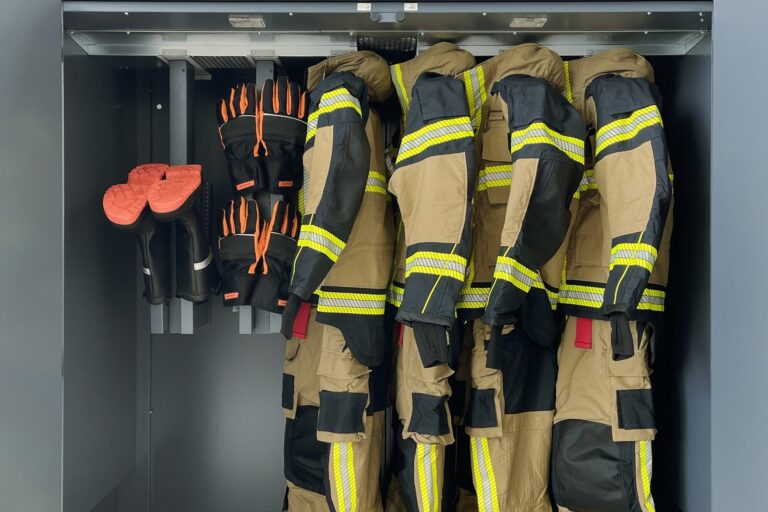Fire risks in electric vehicles demand new suppression strategies. Fogmaker explores how high-pressure water mist systems offer effective, sustainable protection against EV fires.
As electric vehicles (EVs) gain traction across diverse industries — from public transportation and logistics to mining and construction — the complexity of fire safety in high-voltage environments is becoming increasingly apparent. Unlike traditional combustion engines, EVs present unique risks that demand a new generation of suppression systems.
From thermal runaway in battery packs to difficult-to-access ignition sources and the potential for re-ignition, conventional suppression technologies often fall short. This shift in fire risk dynamics calls for a strategic response tailored to the structure and operational nuances of modern electric vehicles.
Fogmaker International, a longstanding innovator in fire suppression for enclosed engine spaces, offers insight into the technologies addressing these challenges. By combining automatic activation, effective cooling, and PFAS-free environmental compliance, high-pressure water mist systems are emerging as a resilient and forward-looking solution. This article explores the limitations of legacy systems and highlights the critical considerations for EV fire suppression in today’s evolving mobility landscape.
At the forefront
As electric vehicles (EVs) continue to accelerate across global markets — from public transport and construction to mining and agriculture — the fire safety challenges they bring are evolving just as fast. For fire safety professionals, adapting to this high-voltage reality means rethinking traditional suppression systems and leaning into new technologies built for today’s mobility landscape.
At Fogmaker International, we’ve been at the forefront of developing fire suppression solutions for complex, enclosed engine environments since 1995. Now, as battery-electric and hybrid powertrains become the new normal, our work is more important than ever.
Understanding Fire Risks in Electric Vehicles
While EVs are generally safe, their fire risk profile is vastly different from that of combustion engines. Fires in electric vehicles are often caused by collisions or fires that start in a more traditional place than the battery pack, but once the batteries are affected, the temperature can climb rapidly, igniting adjacent cells and releasing toxic gases. Research has shown that a majority of the fires in BEV:s do not origin or even have a link to the battery itself, but it is also known that the severity when a fire gets to the battery is high.
Compounding the challenge, battery fires can reignite long after appearing extinguished, are difficult to suppress because the battery is shielded, and located in compact spaces that are tough to access. They are also in general self-sustainable when it comes to oxygen supply, for the fire to continue, so choking is not an option. Some types of electric vehicles also have batteries in more than one place.
These factors demand a high-performance suppression system — one that activates automatically, suppresses quickly, cools efficiently, and functions independently of the vehicle’s power supply.






